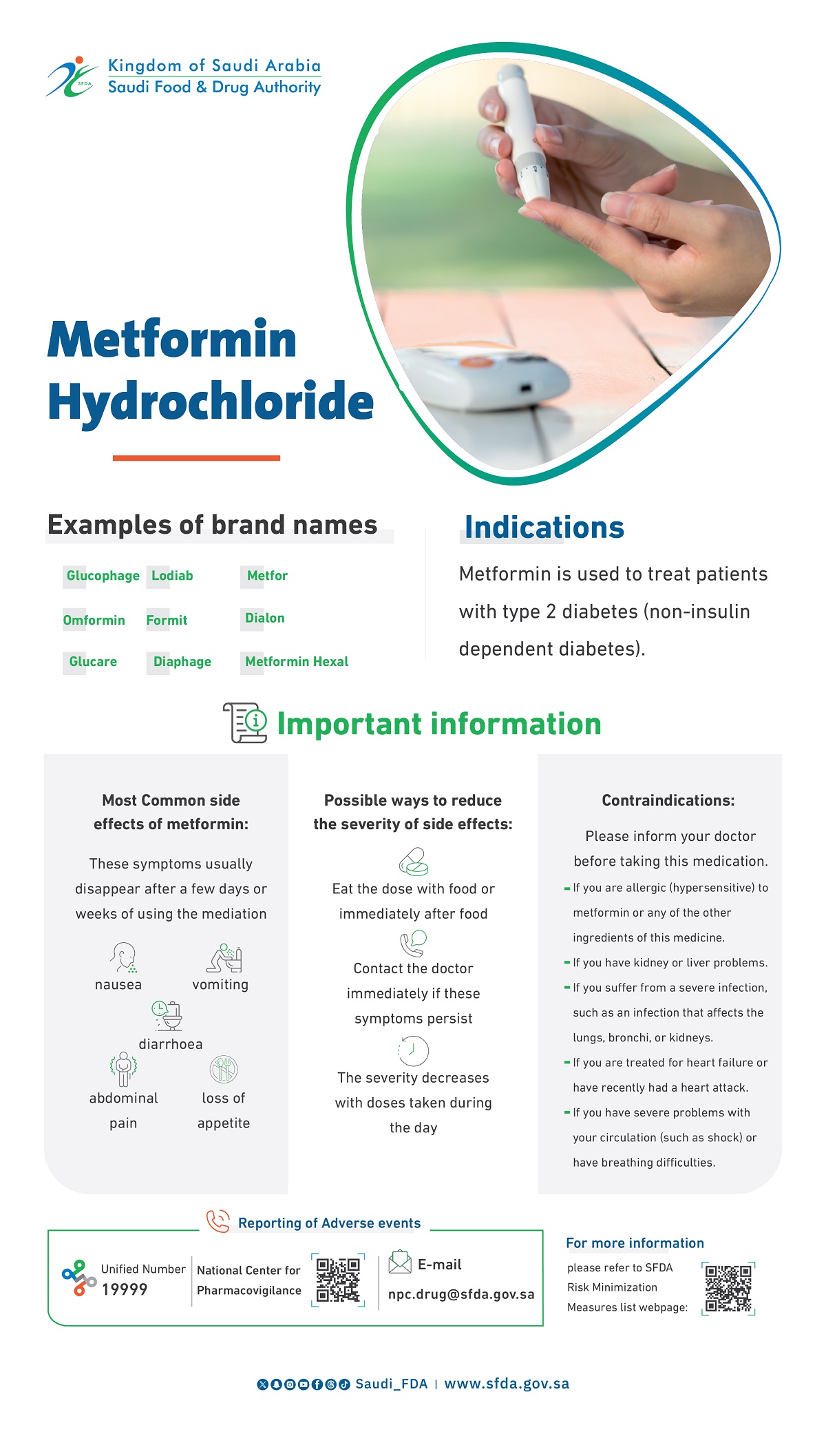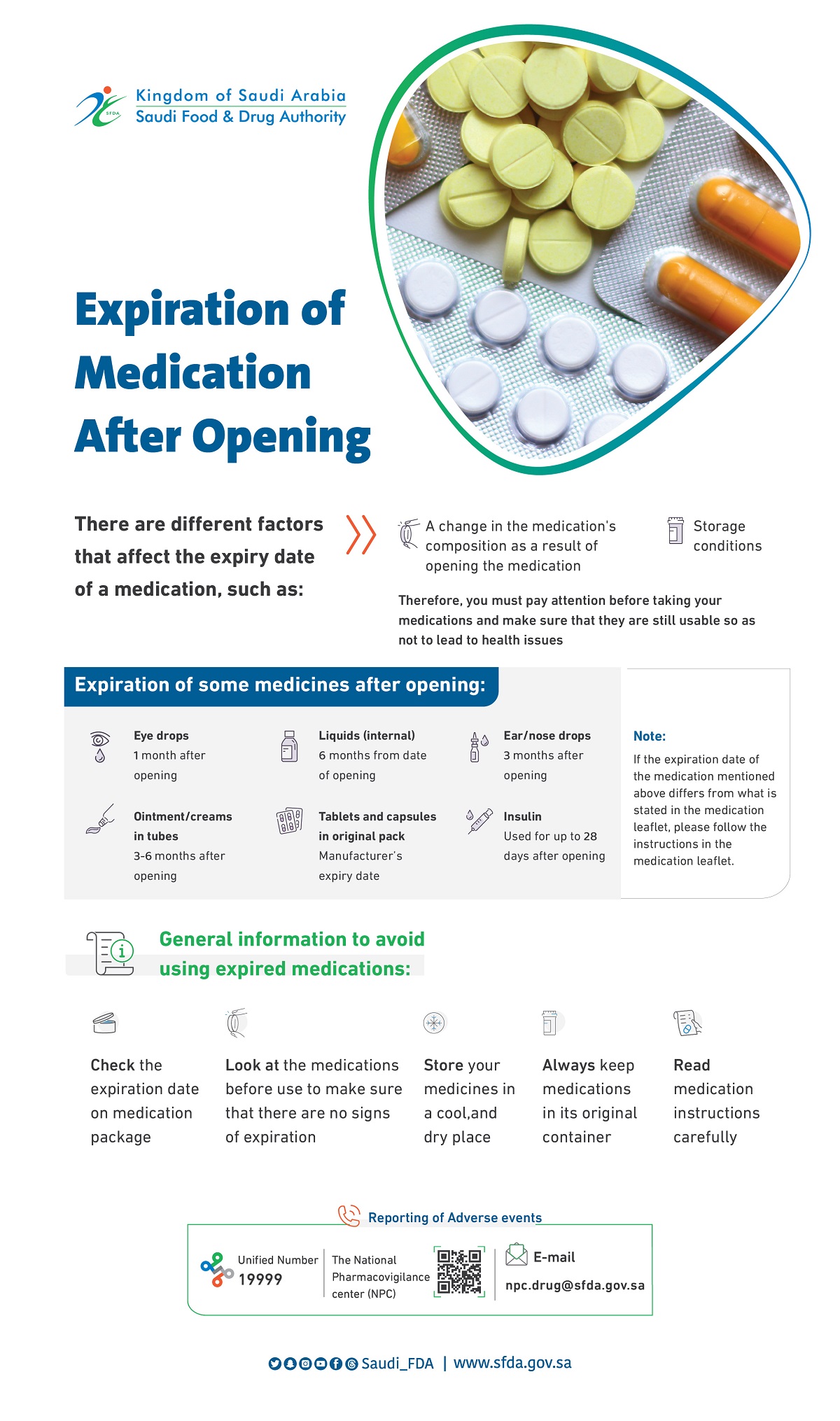

-
About SFDA
About SFDA
SFDA in vision 2030
Authority Strategy
Career and Life
- Information Lists
-
Areas
- Consumer Corner
- Media Centre
- Eservices
Increasing antituberculosis drug resistance in the United Kingdom
Increasing antituberculosis drug resistance in the United Kingdom
Increasing antituberculosis drug resistance in the United Kingdom
2008-05-05
Objective To identify recent trends in, and factors associated with, resistance to antituberculosis drugs in England, Wales, and Northern Ireland.
Design Cohort of tuberculosis cases reported to the enhanced tuberculosis surveillance system matched to data on drug susceptibility and national strain typing data.
Setting England, Wales, and Northern Ireland 1998-2005.
Main outcome measures Unadjusted and adjusted odds ratios for drug resistance and associated factors. Proportion of multidrug resistant tuberculosis cases clustered.
Results 28620 culture confirmed cases were available for analysis. The proportion of cases resistant to isoniazid increased from 5% to 7%. Rifampicin resistance increased from 1.0% to 1.2% and multidrug resistance from 0.8% to 0.9%. Ethambutol and pyrazinamide resistance remained stable at around 0.4% and 0.6%, respectively. Regression analyses showed a significant increase in isoniazid resistance outside London (odds ratio 1.04, 95% confidence interval 1.01 to 1.07, a year, associated with changes in age (0.98, 0.98 to 0.99, a year), place of birth (1.49, 1.16 to 1.92), and ethnicity (P<0.05). In London, the rise (1.05, 1.02 to 1.08, a year) was related mainly to an ongoing outbreak. Increases in rifampicin resistance (1.06, 1.01 to 1.11, a year) and multidrug resistance (1.06, 1.00 to 1.12, a year) were small. A fifth of patients with multidrug resistant tuberculosis in 2004-5 had indistinguishable strain types, and one case was identified as extensively drug resistant.
Conclusions The rise in isoniazid resistance reflects increasing numbers of patients from sub-Saharan Africa and the Indian subcontinent, who might have acquired resistance abroad, and inadequate control of transmission in London. The observed increases highlight the need for early case detection, rapid testing of susceptibility to drugs, and improved treatment completion.
Source: BMJ, doi:10.1136/bmj.39546.573067.25




